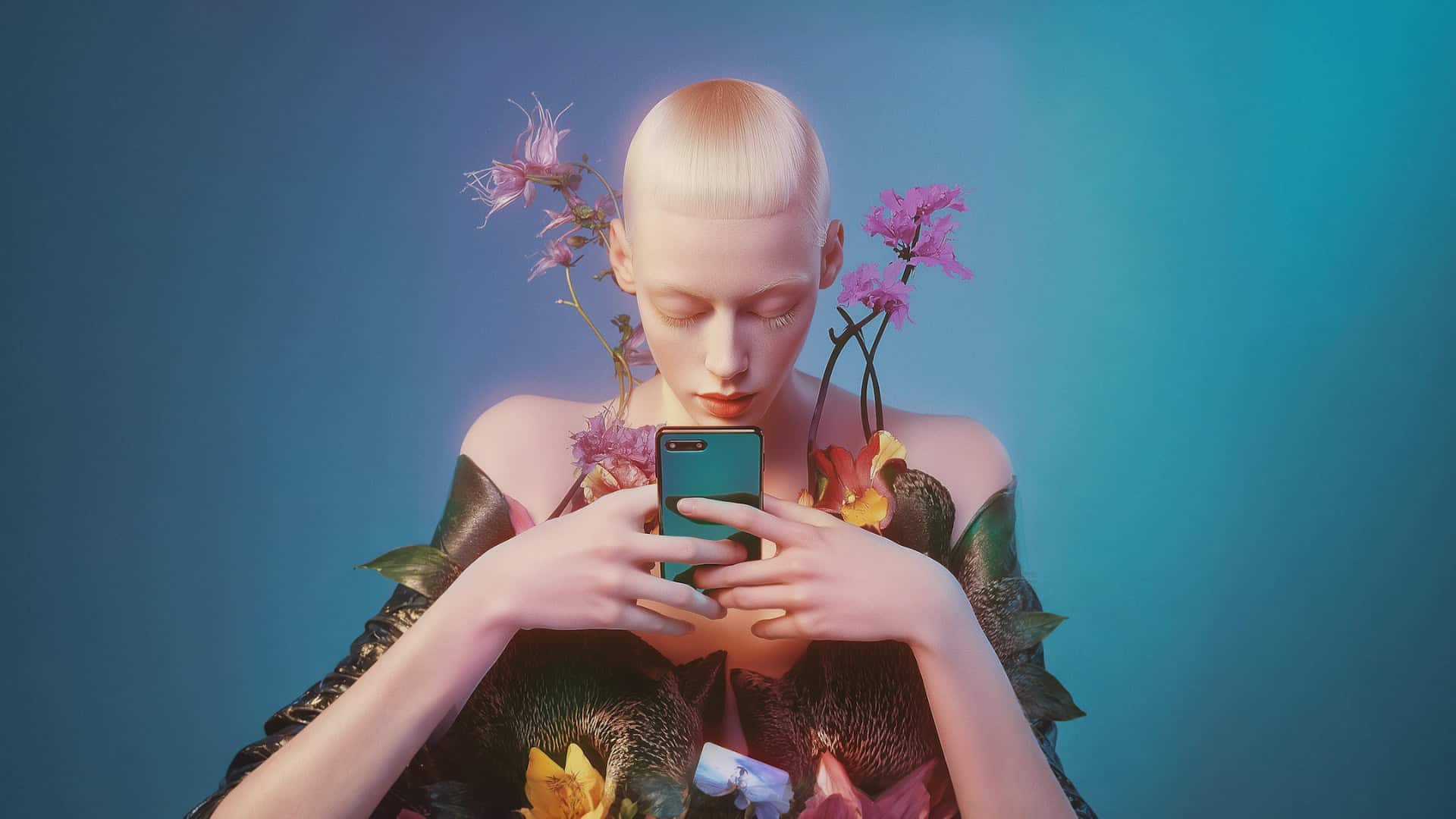
Influencer marketing outreach: how to pitch your brand just right
WARNING: The following has been written at a time when influencers (or influenzas) are NOT being good influencers. In my experience anyway.
In October, food writer and recovering alcoholic Jack Monroe took to Twitter to share her standard response to the emails she gets from alcohol brands who want to work with her. Despite being a recovering alcoholic, Jack reports that she gets 2 to 3 emails from alcohol brands per day.
An alcohol brand reaching out to a recovering alcoholic is toe-curlingly embarrassing and could have been avoided with simply five minutes of Googling. The fact that she gets up to three emails per day shows how widespread this problem is; brands are simply getting their outreach wrong.
Here are a few ways you can hone your brand’s pitches to talent – and ensure you don’t end up getting called out on Twitter!
DO YOU RESEARCH
This seems so simple, but as Jack’s tweet shows, it often gets overlooked. Why? Because the time and the research that needs to go into influencer selection and outreach is often underestimated. Ensure you are setting realistic timelines that allow you to do the proper research on your prospective collaborators. A quick Google can work wonders but also make time to do deeper research to ensure they really align with your brand values.
REMEMBER: YOU ARE SELLING, NOT BUYING
Where I see outreach go wrong most often is when brands assume all influencers are dying to work with them. You might think you are reaching out to an influencer with a fantastic opportunity, but they probably receive 10 “fantastic opportunities” each day. What makes yours different? And why do you want to work with that influencer in particular? You have already decided you want to work with the influencer – your outreach email should be about helping the influencer decide that they want to work with you.
BE UPFRONT WITH INFO
When crafting the perfect outreach email, I try to create as minimal barriers as possible to saying yes. This means giving the influencer key information up front. This seems obvious, but too many brands send a brief email to “gauge interest” – this means the influencer has to work to get the information they need, sending further emails and having follow-up calls.
I often think about this in terms of UX. If I was designing a website, I would want to make it as easy as possible for consumers to buy products. The more stages and barriers to purchase, the less likely a purchase becomes. Why should an influencer invest their time and energy chasing information from you that hasn’t been forthcoming?
Even if the influencer decides to follow up with questions, what could have been done in one carefully crafted email can end up taking 10 emails, with all the back and forth questions. This can add days, or even weeks to your timeline. Include an overview of the campaign, what you want to achieve, what you want the influencer to produce and when you want them to produce it. This doesn’t mean sending a brand guide and a full list of dos and don’ts in the very first email and blinding them with information. It does mean simply giving the talent the information they need so they can decide if the project is appropriate for them as quickly as possible.
NOT ALL SMALL PRINT IS TO SMALL
Some brands think they have been upfront with influencers and then send them a contract where they are asking to own their soul. This leaves the influencer feeling deceived and leave the brand facing costs they hadn’t accounted for. Ownership and usage of content should be discussed upfront and alongside deliverables. It can often cost as much as the content, if not more, to license the content for wider use.
BE FRIENDLY BUT NOT OVERFAMILIAR
Influencer marketing is a people business and warm email will be better received than a cold, robotic one that feels copy and pasted. If influencers like working with you, the experience is more likely to be smooth and successful. However, be mindful of going too far “the other way”. Take for example singer Megan Trainor’s disastrous press release, which rightly attracted much ridicule for its presumptuous and patronising tone and clumsy co-opting of youth-oriented language.






